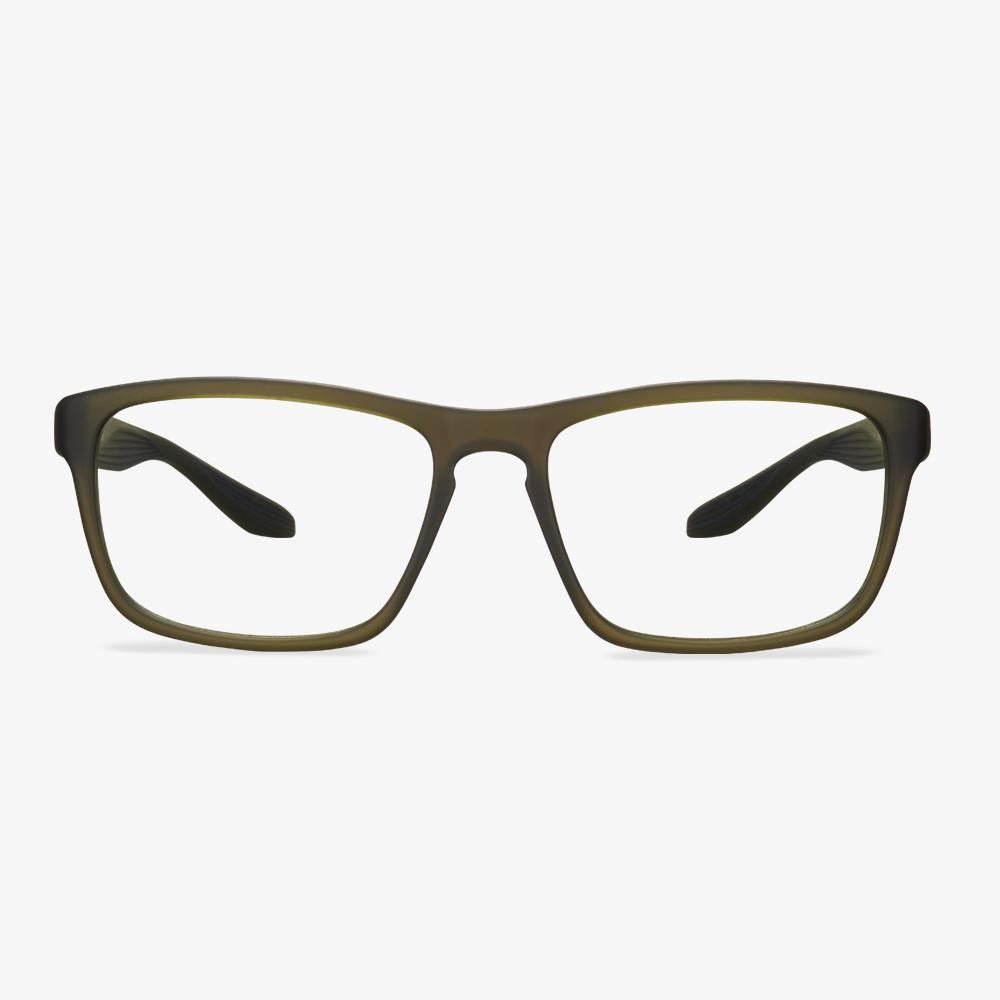Production technology of progressive lenses
In addition to the evolution in design, the production technology of progressive lenses is also constantly improving: the most representative one is the free-form technology. The emergence of free-form surface technology makes the production more flexible and rapid and can realize a more personalized design. For now, progressive lens design is done on the inside surface of the lens by a computer-controlled lathe, as if a master engraver could carve a piece of stone into a work of art.
More and more people wear glasses frames, and the style and color of glasses frames broke through the traditional and stuffy model. They began to pursue fashion design and integrate into a variety of fashion elements. Let myopia glasses wearers can not only correct vision but highlight their different style temperament through the wearing of glasses.
Types of Varifocal Lenses
As is well known, there are several types of varifocal lenses. So, in this section, we will list some the types of varifocal lenses.
Standard varifocal lens: standard varifocal lenses are the entry-level varifocal options and are chosen as an enhanced alternative to bifocals. They have clear and fairly wide focal areas for distance, reading, and in between.
Premium varifocal lens: premium varifocal lenses are also called free form varifocals or back surfaced digital varifocal lenses. It offers much clearer vision at all points and is a significant step up from a standard varifocal lens in terms of vision, clarity, focus, and ease of adapting to them. They are created using the latest computer-driven equipment and have a wider field of vision at the distance, intermediate/in-between, and reading focal points.
The length of the temple is important.
The glasses should fit snugly over and behind the ears. If they clip behind the ear, mostly, the arm might be too short. The arms of your glasses should be straight back toward your ears, touching only the side of your head, just in front of your ears. If the temple bends too soon, it pushes the glasses under the nose, putting too much pressure on the bridge of the nose and causing a headache.
Allen OTG Safety & Shooting Glasses
Chemistry LABS and carpentry aren't the only applications that need safety goggles on top of glasses.These Allen OTG glasses work better on indoor shooting ranges. You can use these comfortable safety glasses to better focus your front view. Unlike the other OTG safety glasses on the list, these glasses lie flat on the side of your head and are specially designed to fit comfortably under the earmuffs without breaking the noise seal.
What are keyhole glasses?
Keyhole glasses have a keyhole bridge. The keyhole bridge is shaped like a keyhole and is located on one side of the nose. Bridge glasses are one of the most beloved styles in the history of optics. The keyhole bridge has the shape of a keyhole. The keyhole bridge is arguably one of the most popular eyewear features. With the rise of acetic acid frames in the 1950s, keyhole glasses became widely popular. The ductility of the new material allows for a simplified manufacturing process, thus creating room for creative experimentation in the frame development.
Polycarbonate vs Trivex Lens: Which One Is Better?
We have introduced what the polycarbonate lens and Trivex lens are. What are the differences between the polycarbonate lens and the Trivex lens? So, in this section, we will show you the differences between these two lens materials.
- Thickness:Polycarbonate glasses are about 10% thinner than Trivex lenses.
- Weight:Polycarbonate glasses are around 10% heavier than the Trivex lens.
- Optics - central:Trivex lenses have less internal stress and may produce sharper central vision than polycarbonate lenses.
- Optics - peripheral:Trivex lenses have a higher Abbe value so they can produce sharper peripheral vision with less chromatic aberration than polycarbonate lenses.
- Impact resistance:Polycarbonate and Trivex lenses have comparable impact resistance.
- UV protection:Both polycarbonate and Trivex lenses can block 100 percent of the sun’s harmful UV rays and provide protection for your eyes.
- Availability:Polycarbonate lenses have a wider variety of lens designs than Trivex lenses.
- Cost:Trivex lenses are expensive than polycarbonate lenses.
As for Trivex vs polycarbonate, you may have known some information from the above part. You can choose either lens material based on your like when purchasing the glasses.











































